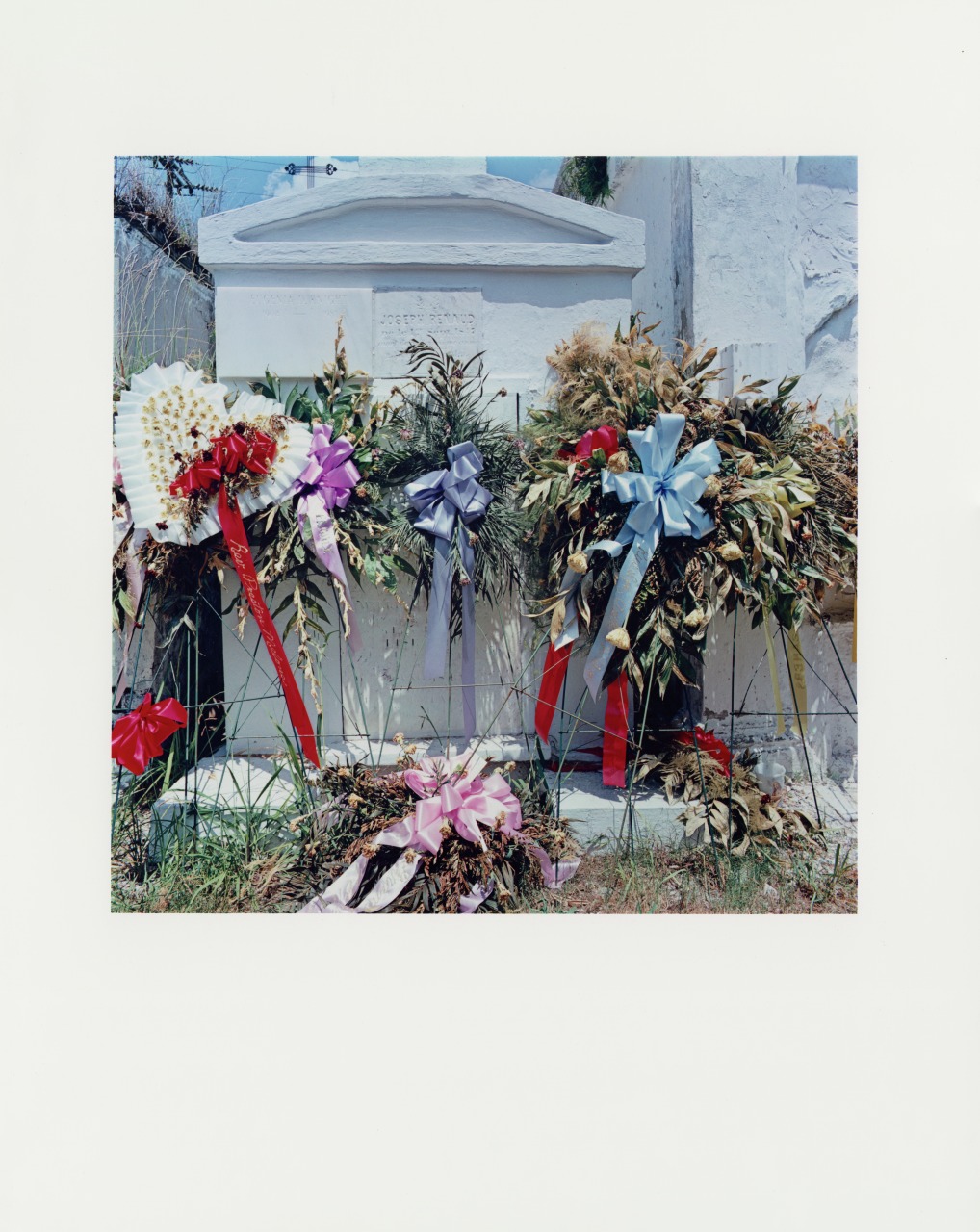New artistic avenues for photographers opened with the development of the dye transfer process, which allows a great deal of customization and manipulation of images. The dyes produce a wide range of colors and tones, and dye transfer prints are perhaps the most archivally stable.
The dye transfer process is a subtractive-imbibition color photographic process. It employs a three-color-separation system that has been used in various applications since 1875. Two of these historic predecessors include the
dye imbibition (1925) and wash-off relief processes. Kodak released the wash-off relief process in 1935, and in 1946 a version with improvements by Louis Condax and Robert Speck entered the market, under the name Original Kodak Dye Transfer Process.
The dye transfer process is complicated. To begin, the image must be captured on three negatives, using special black-and-white panchromatic film with exposures made through red, green, and blue filters. Processing these matrices produces a gelatin relief image on each. This is the only part of the process that uses light-sensitive materials.
Each negative matrix must then be soaked in a colored acid-fixing dye corresponding to the complement of each filter—red-filter negative in cyan dye, green in magenta dye, and blue in yellow dye. An acetic acid rinse rids the film of excess dye. The matrices are then ready to be transferred to the final gelatin-coated (but not light-sensitive) support paper.
Each negative matrix is transferred separately. The matrix is placed with its emulsion against the gelatin surface of the receiving paper. The matrix film is then pressed and squeegeed to the paper surface, transferring the dyes into the paper’s gelatin coating. The three matrices, in register, produce a full color image. Ultimately, all three matrices must align in perfect registration for a successful positive image to be made.
Kodak ceased production of dye transfer products in 1993, as digital imaging technologies overtook their capacity for color control and manipulation.

Westover Plantation
dye transfer print; 1940s
by F. E. Farwell
The Historic New Orleans Collection, bequest of Martha G. Robinson, 1982.241.14

St. Louis Cemetery No. 2
dye transfer print; 1983
by Tina Freeman
The Historic New Orleans Collection, gift of Mrs. William K. Christovich, 1985.244.7

Self-portrait dressed as a clown
dye transfer print; ca. 1952
by C. F. Weber
The Historic New Orleans Collection, 2012.0208.1.1
